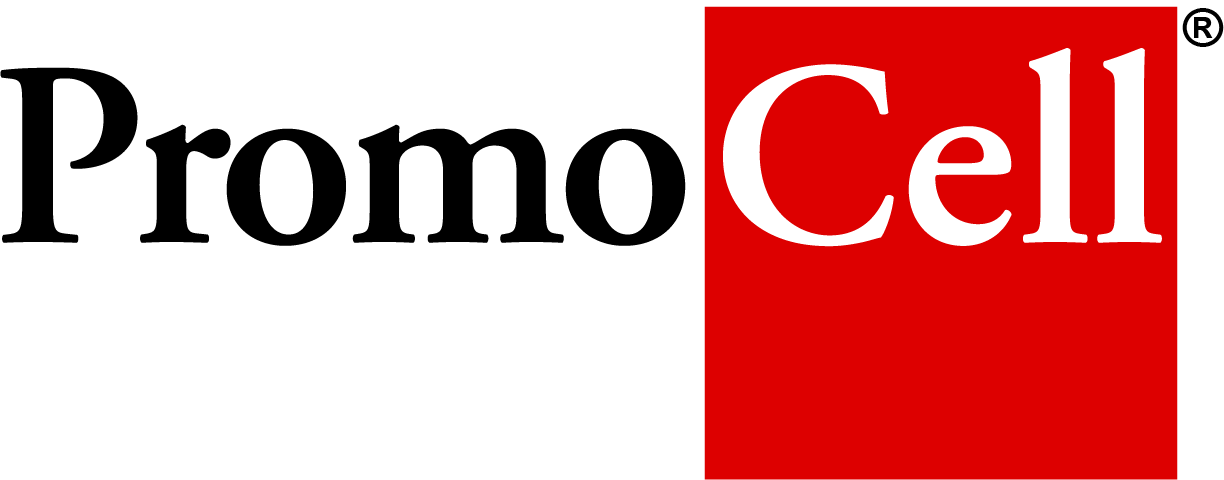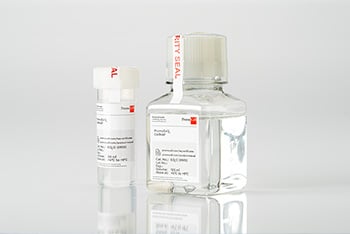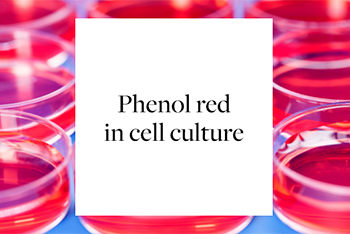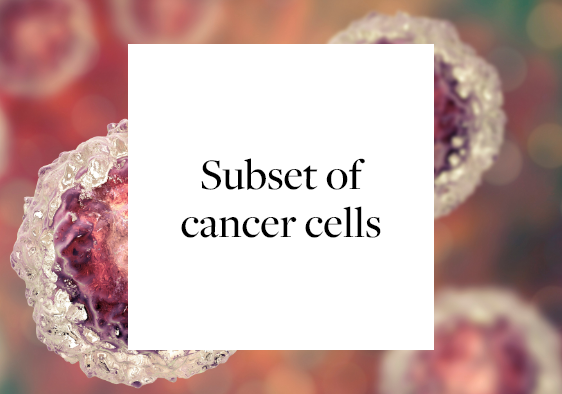Cells in Action: Human Primary Keratinocytes at the stratum granulosum
Cells in Action: Human Primary Keratinocytes at the stratum granulosum
Keratinocytes at the stratum granulosum contain two characteristic structures that are visible in this high resolution footage by Nanolive - the lamellar bodies and keratohyalin granules. While keratohyalin granules contain proteins involved in the aggregation of keratin filaments and in the formation of the cell envelope, lamellar bodies contain lipids and fuse with the plasma membrane in order to secrete the content into the extracellular space.
Explore Our Products
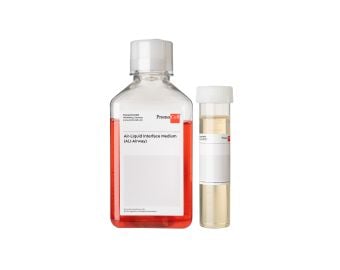
Air-Liquid Interface Medium
Serum-free and BPE-free cell culture medium for an optimal and standardized culture of human bronchial epithelial cells at the air-liquid interface (ALI).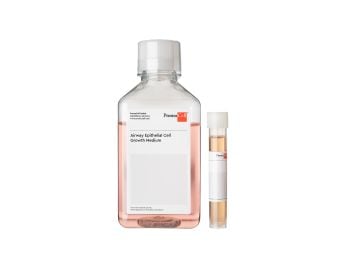
Airway Epithelial Cell Growth Medium
Serum-free cell culture medium for epithelial cells from large air passages.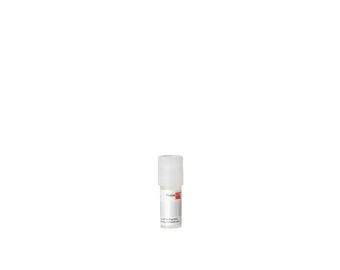
Human Nasal Epithelial Cells (HNEpC)
Primary Human Nasal Epithelial Cells isolated from normal human nasal mucosa.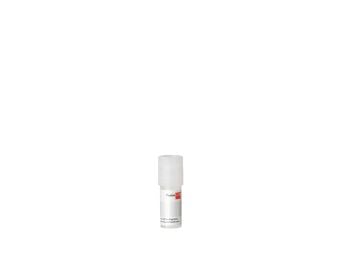
Human Tracheal Epithelial Cells (HTEpC)
Primary Human Tracheal Epithelial Cells isolated from surface epithelium of human trachea.Related resources

Cells in Action: Mitosis in Human Mesenchymal Stem Cells (MSCs)
Watch the process of cell division in PromoCell's human mesenchymal stem cells! These images were captured using Nanolive’s non-invasive technology, which allows us to access the dynamics of biological processes, such as mitosis, with unprecedented resolution.
Application Note

Cells in Action: membrane protrusions in HUVECs (Human Umbilical Vein Endothelial Cells)
During angiogenesis, cell-matrix interactions are crucial. The cell matrix structures are involved in migration, invasion and survival of cells throughout the angiogenic process. In this video we can see filopodia and lamellipodia in great detail, thanks to Nanolive imaging's ability to view membrane deformations. These structures are essential for migration, cell-cell interactions, sensing of the cell environment and more. While filopodia appear as long, thin protrusion-like structures that emerge from the cellular membrane, lamellipodia are broad, sheet-shaped structures containing thin and short interconnected actin filaments.
Application Note

Cells in Action: Double mitosis of Human Umbilical Vein Endothelial Cells (HUVECs)
Images of cells undergoing mitosis are mind-blowing, and non more beautiful than those of our Human Umbilical Vein Endothelial Cells (HUVECs) captured by Nanolive's 3D Cell Explorer. On the right hand side, the cell seems to enter mitosis but the chromatids don't complete segregation and the cell returns to interphase without dividing. Exiting mitosis is controlled by proteolysis and cyclin dependent kinases (CDKs). Mitosis regulatory machinery sometimes detects errors and forces a return to interphase, as seen here. This kind of research helps develop understanding of the cell cycle, which can be used in myriad applications including cancer research.
Application Note
